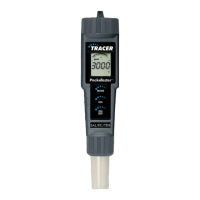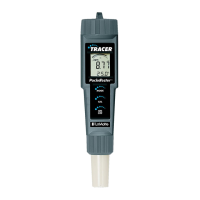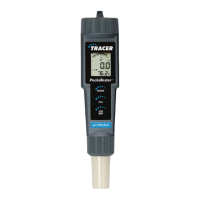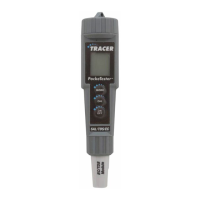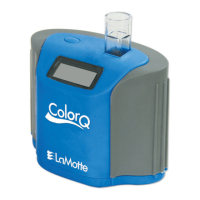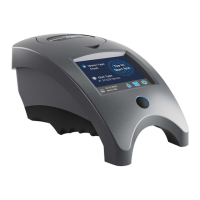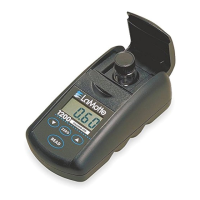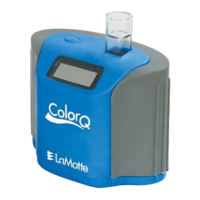How is Turbidity Measured?
Turbidity is measured by detecting and quantifying the scattering of light in water
(solution). Turbidity can be measured in many ways. There are visual methods and
instrumental methods. Visual methods are more suitable for samples with high
turbidity. Instrumental methods can be used on samples with both high and low levels
of turbidity.
Two visual methods are the Secchi Disk method and the Jackson Candle method. The
Secchi Disk method is often used in natural waters. A black and white Secchi Disk is
lowered into the water until it can no longer be seen. It is then raised until it can be
seen again. The average of these two distances is known as the “Secchi Depth”. The
Jackson Candle method uses a long glass tube over a standard candle. Water is
added or removed from the tube until the candle flame becomes indistinct. The depth
of the water measured with a calibrated scale is reported as Jackson Turbidity Units
(JTU). The lowest turbidity that can be determined with this method is about 25 NTU.
There are two common methods for instruments to measure turbidity. Instruments can
measure the attenuation of a light beam passing through a sample and they can
measure the scattered light from a light beam passing through a sample. In the
attenuation method, the intensity of a light beam passing through turbid sample is
compared with the intensity passing through a turbidity-free sample at 180° from the
light source. This method is good for highly turbid samples. The most common
instrument for measuring scatter light in a water sample is a nephelometer. A
nephelometer measures light scattered at 90° to the light beam. Light scattered at
other angles may also be measured, but the 90° angle defines a nephelometric
20 INTRODUCTION
Direct
Turbidity
Detector
Scattered Turbidity 90°
and Color Detector
Color UV LED 375nm
and stabilization detector
Turbidity Light
Source
IR LED 860nm: 3000i
Tungsten Lamp: 3000e
and stabilization detector
Chlorine LED 525nm
and stabilization detector
Chlorine
Detector

